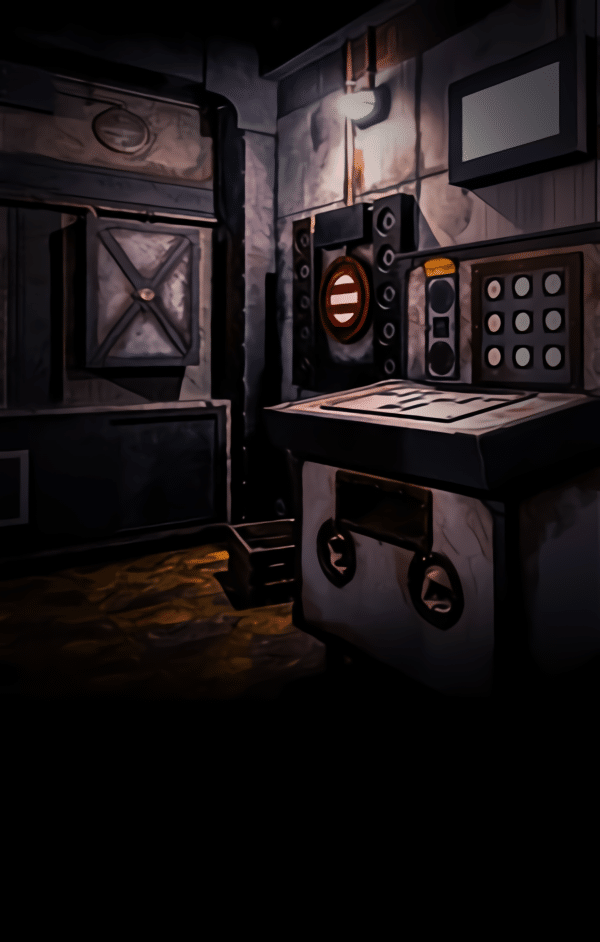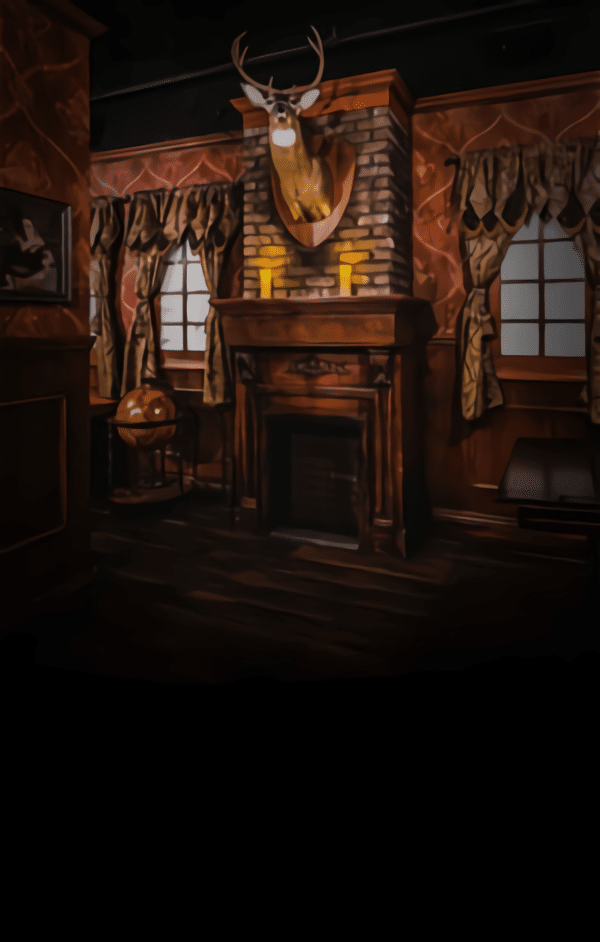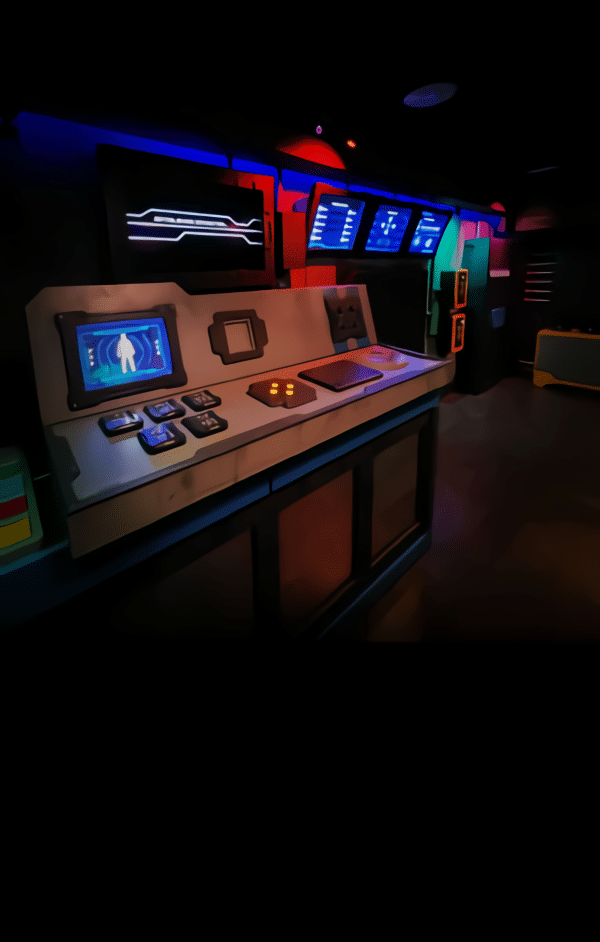Can I Bring a Camera to an Escape Room New York Experience?
Introduction
Escape rooms are a thrilling and immersive way to spend time with friends, family, or colleagues. They challenge participants with puzzles, riddles, and mysteries that need to be solved under time pressure. As escape rooms become increasingly popular, many people are curious about what they can and can’t bring into the room with them. One common question that often arises is whether it’s possible to bring a camera into an escape room, especially in an exciting city like New York, where the experience can be both a personal adventure and a memory worth capturing.
This article explores the rules and guidelines around bringing a camera to a New York escape room, with a special focus on venues like Mission Escape Games. We’ll cover the potential reasons for restrictions, the best practices for capturing memories, and how you can still preserve your escape room experience without disrupting the flow of the game. Additionally, we’ll offer tips on how to make the most of your escape room experience while staying respectful of the space and rules.
See: Escape Room New York
1. Why Cameras Are Generally Not Allowed in Escape Rooms
1.1 Preserving the Puzzle Experience
One of the primary reasons most escape rooms do not allow cameras, particularly professional cameras, is to preserve the integrity of the puzzle experience. Escape rooms are carefully designed with intricate puzzles, clues, and mechanics that may be spoiled if they are photographed or recorded. By capturing images or videos, players could unintentionally expose critical elements of the game that others may experience in the future, thus ruining the mystery and excitement for other participants.
Escape room designers want to ensure that each player or team has an equal opportunity to enjoy the experience without knowing what lies ahead in the game. Allowing cameras could also lead to spoilers being shared publicly or online, which could decrease the overall enjoyment for future guests.
1.2 Security and Privacy Concerns
Another reason for limiting cameras in escape rooms is privacy and security. Some escape rooms contain sensitive or personal data that may be shared with participants as part of the game. For instance, a clue might involve a name, a secret code, or a personal story that is designed to immerse the players. If participants were allowed to photograph or film these elements, it could result in the unintended spread of private information, even if it’s part of the game.
Additionally, most escape rooms have live actors, hosts, or surveillance systems that monitor the game. Having cameras in the room could potentially interfere with these systems, especially if players attempt to record or photograph other participants without their consent.
1.3 Distraction and Game Flow
Escape rooms require full engagement from the players to be effective. Constantly focusing on taking pictures or videos can disrupt the flow of the game and distract from the team’s overall objective. If players are more focused on capturing the moment than solving puzzles, they may miss important clues or fail to contribute to the team effort. To ensure the best experience, it’s vital that participants remain fully immersed in the game, free from distractions.
1.4 Liability Issues
Another consideration for escape room venues is liability. If players are allowed to bring in cameras, there is always the potential for accidents to occur, such as someone tripping or falling while distracted by their camera. Some escape room venues may impose restrictions on cameras to minimize these risks and protect both their guests and their property.
2. Are There Any Exceptions to the No-Camera Rule?
While many escape rooms have a blanket policy against cameras, some exceptions do exist, particularly for special occasions or under specific circumstances.
2.1 Private Events and Group Bookings
For private events, such as birthday parties, corporate team-building activities, or other special occasions, some escape room venues might allow cameras to capture the experience. These bookings are typically made in advance, and in these situations, venues may be more lenient about allowing photography or videography.
If you’re planning a private event, it’s always best to check with the venue beforehand to inquire about their policy on cameras. Many venues will provide you with the option to bring in a photographer or videographer to capture the experience for you and your group.
2.2 Pre-Approved Photography
Some escape rooms offer pre-approved photography sessions. For example, after the game ends, participants may be invited to take a few photos in the themed environment. These post-game photography opportunities allow guests to take pictures without disrupting the flow of the game or spoiling the experience for others.
If photography is important to you, it’s a good idea to discuss this with the venue ahead of time and ask if they offer any special photography options. This could include designated areas for photos, a chance to pose with props, or even a photo booth experience.
3. How to Capture Memories Without Bringing a Camera
While you may not be able to take your camera into the escape room itself, there are still ways to preserve your memories of the experience.
3.1 Ask the Staff for Photos
Many escape room venues, including Mission Escape Games, provide guests with the opportunity to take photos in designated areas before or after the game. Some even have official photographers on-site who will snap group photos for you at the end of the experience. This is a great way to capture the moment without worrying about violating any rules.
After the game, you can take photos in front of the themed backdrop or with props, creating lasting memories from your adventure. Staff members may be happy to take a group shot for you as well.
3.2 Use Your Phone Before and After the Game
While cameras may not be allowed during the game itself, it’s likely that most escape room venues will permit the use of phones in the lobby or waiting areas. Before entering the room, take a few photos of the themed decor, your team in front of the entrance, or any promotional material provided by the venue.
After the game is over, you can use your phone to take photos of your group celebrating their victory (or commiserating over their failure). Many escape room venues offer photo opportunities just outside the room or in a dedicated space where guests can capture their post-game excitement.
3.3 Document Your Experience After the Game
Another way to preserve the memory of your escape room experience is by writing about it afterward. Take notes on your favorite puzzles, the atmosphere of the room, and the overall experience. Writing a review or sharing your thoughts with friends or on social media is a great way to relive the adventure and share it with others.
4. Best Practices for Documenting Your Escape Room Experience
If you’re looking to document your escape room experience in a way that respects the rules, here are some best practices:
-
Check the Venue’s Policies in Advance: Always check with the escape room venue before your visit to understand their specific rules about cameras. Some venues may have more flexible policies than others.
-
Use Photography for Special Occasions: If you’re planning a special event, ask the venue about permission to take photos or videos. Many venues are happy to accommodate guests for birthdays, corporate events, or other occasions.
-
Respect the Game and Other Players: Avoid distractions and stay focused on solving the puzzles. If you do take photos, make sure it doesn’t interfere with the game experience or the enjoyment of others.
-
Ask for Group Photos After the Game: Many escape room venues offer group photo opportunities after the game. Take advantage of these moments to capture memories without disrupting the game itself.
Conclusion
While escape rooms in New York generally prohibit cameras inside the game rooms, the reasons behind these restrictions are understandable. They aim to preserve the experience for all participants, protect privacy, and prevent distractions that could interfere with gameplay. However, there are still ways to capture memories of your escape room adventure—by taking photos before and after the game, asking staff for a group photo, or using pre-approved photography options.
By understanding the venue’s rules and following best practices, you can still document your experience and preserve the memories of your thrilling escape room adventure.
Frequently Asked Questions
Q1: Can I bring a camera into an escape room?
A1: Most escape rooms, including those in New York, do not allow cameras inside the rooms to protect the integrity of the game and to ensure privacy.
Q2: Can I take photos after the escape room experience?
A2: Yes, many venues allow photos after the game, especially in designated photo areas or in front of themed backdrops. Always check with the venue for their specific rules.
Q3: Can I hire a photographer for my escape room experience?
A3: Some escape rooms allow professional photographers or videographers for private events. It’s best to inquire about this option when booking your experience.
Q4: Why are cameras not allowed during the game?
A4: Cameras are not allowed to preserve the puzzle integrity, prevent spoilers for future players, and ensure privacy. It also helps avoid distractions that could impact the game flow.
Q5: Are there any exceptions to the no-camera rule?
A5: Yes, exceptions can be made for private events, pre-approved photography sessions, or specific promotional activities. Always check with the venue ahead of time to understand their policies.









